Mr. Dang Quang Thang (2nd right) visited Mr. Nghiep's forest and guided him on measures to prevent and fight forest fires during the dry season.
Stable income
His hometown is Long An , in 1978, floods swept across the West, Mr. Nghiep's family left their hometown, went to Tay Ninh to find a living. At first, when they were new to the new land, Mr. Nghiep's family encountered many difficulties.
Having no land or job, Mr. Nghiep could only work hard to earn a living. At that time, Tay Ninh had a policy of planting trees and afforesting, so his family hired people to plant forests in Tan Hoa commune, Tan Chau district.
With his hard-working nature, he gradually became a well-known “leader”. After many years of hard work, he saved up some money to transfer land to grow cassava.
At that time, many local households had contracts to plant forests with the Dau Tieng Protective Forest Management Board, but they wanted to transfer them to others. “People did not understand about forest planting, and seeing the slow harvest, they were discouraged, so they transferred the forest planting contracts at a very cheap price, only a few hundred thousand VND/ha,” Mr. Nghiep recalled.
Thanks to his participation in afforestation, Mr. Nghiep understood the value of wood and the importance of trees to the environment and to life, so he immediately spent all his savings to transfer these contracts.
After several years of continued care, his planted forests were ready for harvest. When selling the first 8 hectares of cajuput trees, Mr. Nghiep's family earned 1.4 billion VND. This old farmer analyzed that growing cassava requires more capital investment and care, but the income is quite unstable.
Mr. Nghiep blows forest leaves away from the tree roots to prevent forest fires.
In years with good harvests and high prices, we can still make a living; in years with early rains, pests, or falling cassava prices, we are lucky to not lose money or break even. Meanwhile, those planting forests receive support from the Dau Tieng Forest Protection Area Management Board for seedlings, techniques, and forest fire prevention costs.
Although it takes 5-7 years to liquidate, the profit is 50-70 million VND/ha. "In fact, compared to growing cassava, growing forestry trees gives a higher and more stable income," said Mr. Nghiep.
Contribute to environmental protection
According to Mr. Nghiep, in addition to the visible economic benefits, afforestation also brings many other invisible benefits, such as contributing to environmental protection, preventing erosion, regulating water for the Dau Tieng irrigation project, creating an abundant source of raw wood for the wood processing industry, etc.
From the above reality, Mr. Nghiep and his wife determined to invest and transfer many other forest planting contracts. Up to now, this old farmer has in hand more than 80 hectares of contracted forest with many intercropping models, specializing in short-term forestry trees such as yellow cottonwood, Acacia auriculiformis, Acacia cajuputi with perennial forestry trees such as star apple and oil trees.
Mr. Nghiep showed us that he and his wife had just called a trader to sell a patch of cajuput trees in a “pillow” style. He explained that right after the wood from this patch of cajuput trees was transported away, he had workers clean up the branches and replant another batch of cajuput trees.
Wait 6-7 years, this cajuput forest will grow up and then harvest again. Depending on the quality of the soil, cajuput trees will be harvested 3-4 times, and these rows of star anise and oil trees will be tall and have closed canopies. At that time, stop planting cajuput trees, wait another 30 years until the contract expires and it is time to harvest these long-term forestry trees.
Mr. Nghiep said: “If I wake up one night and each of these forest trees grows 0.1mm, then the thousands of forest trees growing on my 80 hectares of forestry land will produce a large amount of wood. On the other hand, the older the forest trees are, the more valuable their wood is and the more they contribute to environmental protection. These are invisible benefits that not everyone realizes.”
This old farmer confided that, in addition to devoting more than half of his life to the forest, over the years, he has also spread his love of nature to his children. Mr. Nghiep and his wife have 3 sons and 2 daughters. Currently, his children have grown up and have their own families. Thanks to his education about the benefits of the forest, they all follow their father's example and are attached to the forest.
“Currently, each of my children has a contract to plant 5-10 hectares of forest. They also spend a lot of time taking care of and protecting forestry trees very well,” said Mr. Nghiep.
Mr. Nghiep was happy to see his forest trees growing well.
To protect his family's 80 hectares of planted forest and dozens of hectares of his children's forest, Mr. Nghiep always focuses on forest fire prevention and control (PCCR).
Right after the last rain of the year, taking advantage of the soft forest soil, Mr. Nghiep and his son used their vehicles to plow the bare soil between the rows of forest trees. “This is to create a firebreak, create ventilation for the forest trees to “breathe” and bury the humus layer so the soil does not become depleted,” Mr. Nghiep explained.
On extremely hot days, he spends a lot of time in the forest every day to check. If he finds a place with a lot of fallen leaves, which could potentially cause a forest fire, he immediately handles it. He cleans up the dry branches that have fallen around the base of the forest trees. He blows away the wilted leaves that have just fallen away from the base of the trees with a blower.
Wherever there were many fallen leaves, creating a thick layer of ground cover, and there was a risk of fire, he immediately sent a mechanical vehicle to plow the forest again to ensure the safety of the trees. Thanks to his active care, for more than 30 years, there has not been a single fire on the entire forest area planted by Mr. Nghiep's family.
As a person with many years of experience working in the forestry industry, Mr. Dang Quang Thang - Head of the Specialized Management Department of Dau Tieng Forest Protection Area Management Board commented that Mr. Nghiep's family participates very well in forest planting and protection.
In addition, Mr. Nghiep also actively participates in activities organized by the Dau Tieng Forest Protection Area Management Board. At the recent workshop, this old farmer presented a paper on the benefits of afforestation, which was highly appreciated by many people.
Over the past 30 years, Mr. Nghiep's family has contributed significantly to the greening of forestry land and environmental protection in the upstream area of Dau Tieng Lake. Thanks to investment in afforestation, his family has overcome difficulties and become a well-off family in the locality. Currently, he and his wife have built a large, beautiful, and spacious house, bought a car for travel and service.
Ocean
Mr. Pham Chi Trung - Director of Dau Tieng Forest Protection Area Management Board said that this forest has a total area of over 31 thousand hectares, of which there are 2,348 forest planting contracts of nearly 8.2 hectares, accounting for 27.5% of the total area. People who do business and live near the forest and households that are contracted to plant forests are all highly aware of forest protection and forest fire prevention.
Source








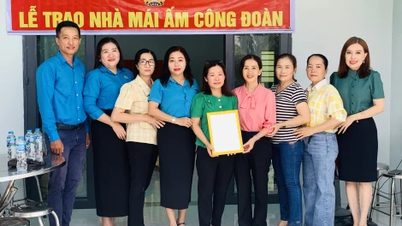

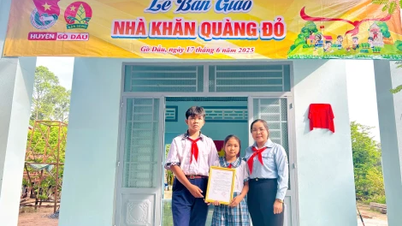

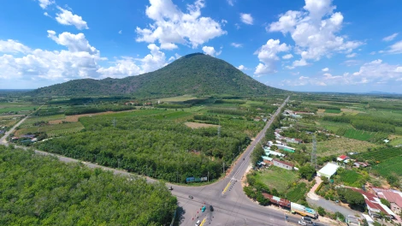

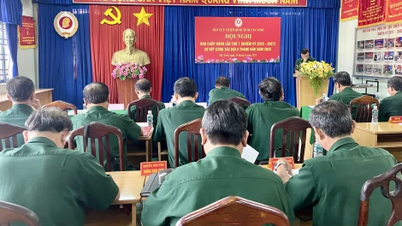





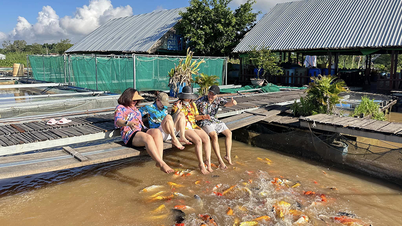

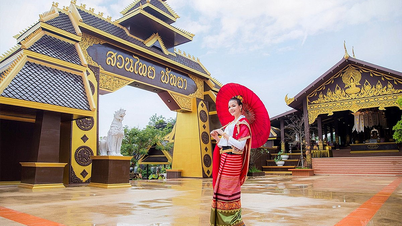
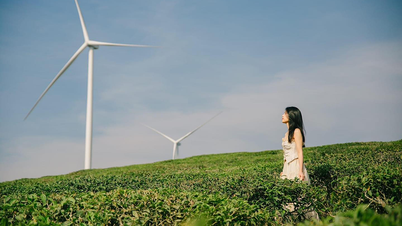













































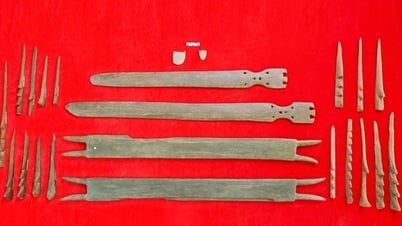










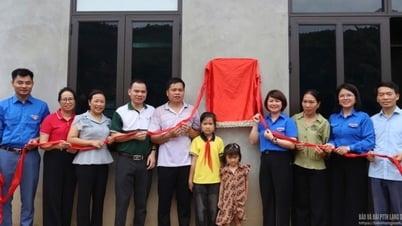














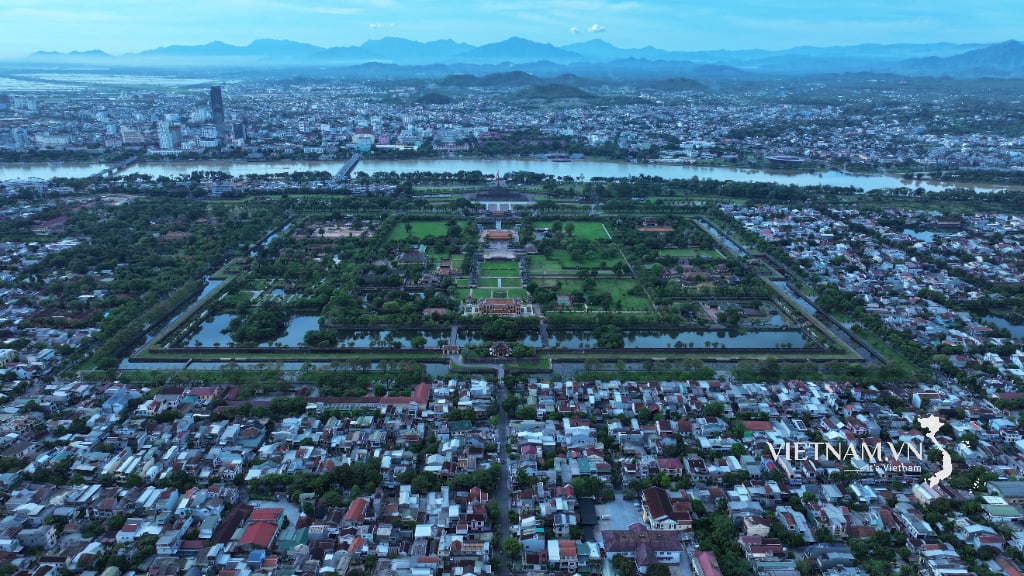



Comment (0)